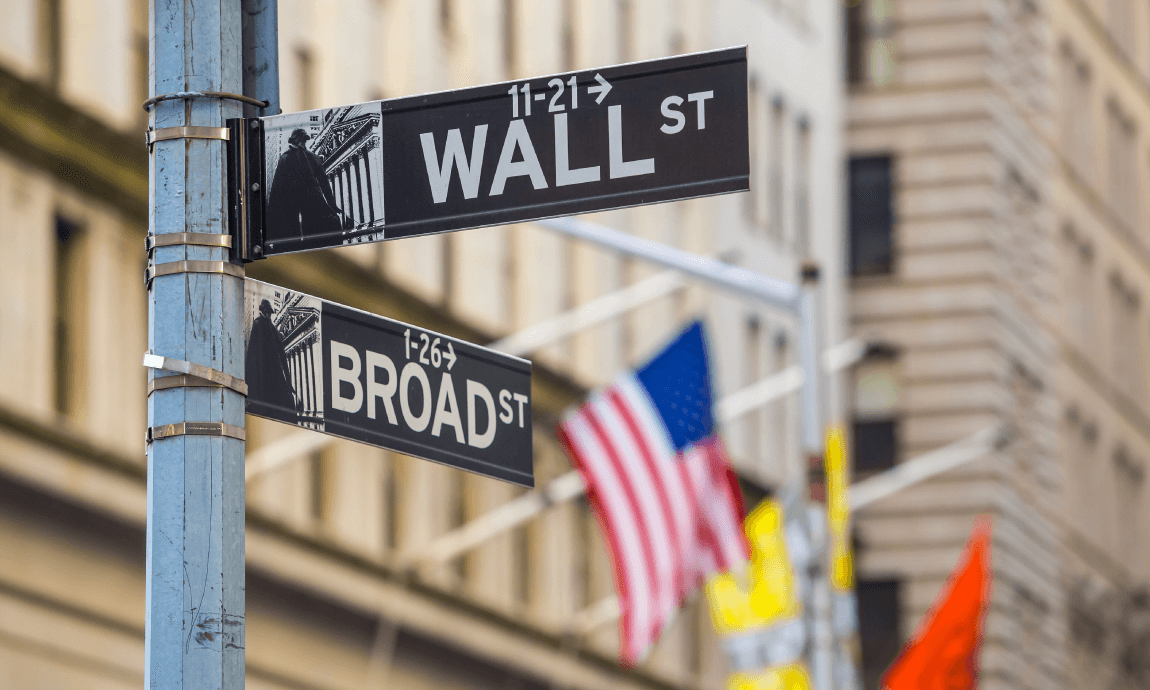Analyst Insights, Friday, 25th of September, 2020
While the headline news partially blames the Fed for not implying that it (the Fed) will add more liquidity to the system, the truth is that valuations are way ahead of the fundamentals. I dare to say that a big percentage of the technology sector is in a bubble, similar to 1999.
While stocks like Apple might be considered simply rich, many others are in bubble territory. And the problem is, the technology sector has such a big weighing in most indices, it’s very difficult for the broader market to try to play catch-up, when big technology names crash.
Yes, there are many opportunities in the market outside the tech sector, but at the same time the market is being dictated by passive investing. In most cases, when investors sell these passive instruments, the baby is thrown out with the bathwater.
And while many of the well know names have corrected 20% or more, they are still very expensive. And I for one do not buy the argument that any stock can be worth 30-50 times revenue because of growth. Valuations in the tech sector need to come down by a lot to get my interest.
The bottom line is that tech is currently in correction mode, mainly because of valuations. In theory the market could absorb an orderly technology correction, but if the correction is volatile like we have seen over the past several days, then tech can bring down the rest of the market as it corrects.







